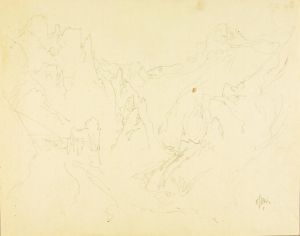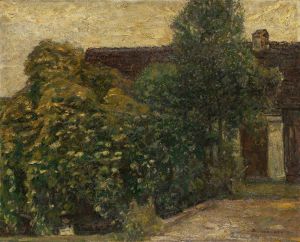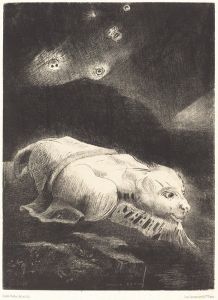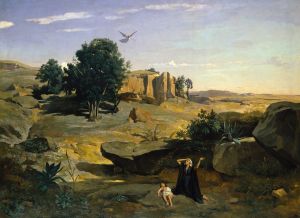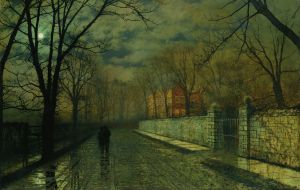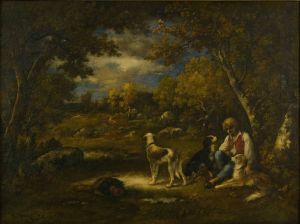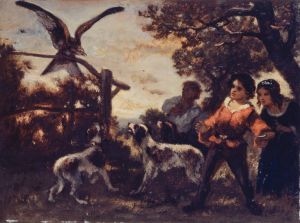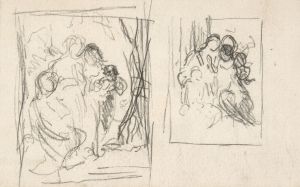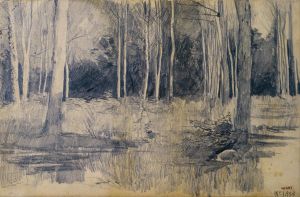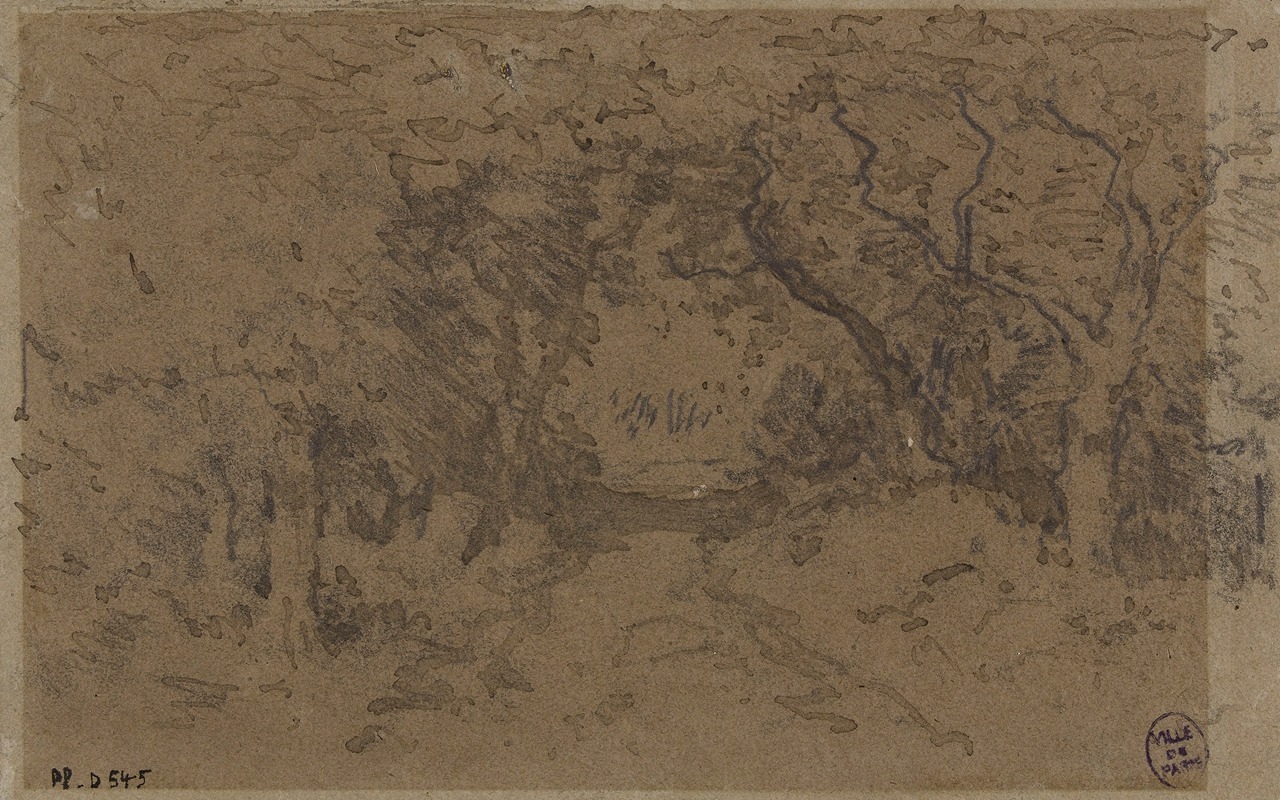
Entrée de route en forêt
A hand-painted replica of Narcisse-Virgile Diaz de La Peña’s masterpiece Entrée de route en forêt, meticulously crafted by professional artists to capture the true essence of the original. Each piece is created with museum-quality canvas and rare mineral pigments, carefully painted by experienced artists with delicate brushstrokes and rich, layered colors to perfectly recreate the texture of the original artwork. Unlike machine-printed reproductions, this hand-painted version brings the painting to life, infused with the artist’s emotions and skill in every stroke. Whether for personal collection or home decoration, it instantly elevates the artistic atmosphere of any space.
Narcisse-Virgile Diaz de la Peña was a prominent 19th-century French painter associated with the Barbizon School, a movement that emphasized naturalism and was a precursor to Impressionism. One of his notable works is "Entrée de route en forêt," which translates to "Entrance to a Road in the Forest." This painting exemplifies Diaz de la Peña's skill in capturing the serene and atmospheric qualities of forest landscapes, a subject he frequently explored throughout his career.
"Entrée de route en forêt" is characterized by its rich use of color and light, which are hallmarks of Diaz de la Peña's style. The painting depicts a forest scene, likely inspired by the Fontainebleau Forest near Paris, a popular location for Barbizon artists. The composition typically features a path or road leading into the dense woods, inviting viewers to imagine the tranquility and mystery of the forest interior. Diaz de la Peña's brushwork in this piece is both fluid and textured, creating a sense of movement and depth that draws the viewer into the scene.
The Barbizon School, active from approximately 1830 to 1870, was named after the village of Barbizon in France, where many artists gathered to paint en plein air, or outdoors. This approach was a departure from the traditional studio painting and allowed artists like Diaz de la Peña to capture the changing effects of light and atmosphere in nature. Diaz de la Peña, along with his contemporaries such as Théodore Rousseau and Jean-François Millet, sought to depict the natural world with authenticity and emotion, focusing on landscapes and rural life.
Diaz de la Peña's work, including "Entrée de route en forêt," is noted for its romantic and sometimes dramatic portrayal of nature. His use of vibrant colors and contrasts between light and shadow contribute to the emotional impact of his landscapes. In this painting, the interplay of sunlight filtering through the trees creates a dynamic composition that highlights the beauty and complexity of the natural environment.
Throughout his career, Diaz de la Peña received recognition for his contributions to landscape painting. He exhibited regularly at the Paris Salon, where his works were well-received by critics and collectors alike. His paintings, including "Entrée de route en forêt," are held in high regard for their technical skill and ability to evoke the serene and contemplative qualities of the natural world.
Today, Diaz de la Peña's works can be found in major museums and collections worldwide, reflecting his enduring influence on the development of landscape painting. "Entrée de route en forêt" remains a testament to his mastery of capturing the essence of the forest and his role in the evolution of 19th-century French art.






